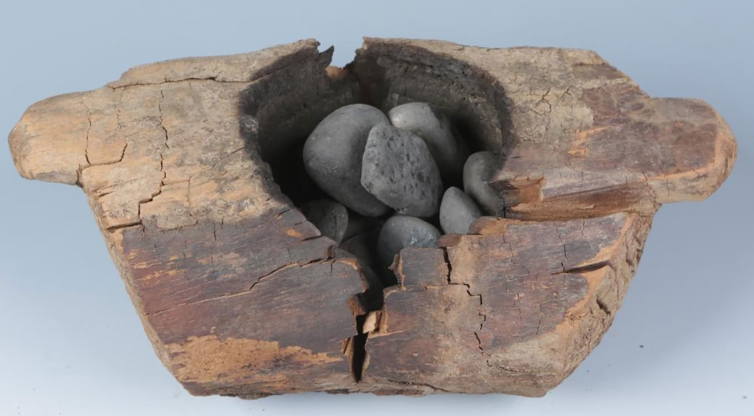The idea of cavemen engaging in tobacco smoking conjures images of prehistoric societies shrouded in mystery and intrigue. Contrary to the simplistic portrayal of these ancient people, recent archaeological findings suggest that their cultural practices, including the use of tobacco, were far more complex and nuanced than previously understood.
1. The Dawn of Tobacco Use in Prehistoric Societies
The first signs of tobacco use in caveman societies date back thousands of years. Archaeologists have uncovered evidence in various parts of the world, indicating that our ancestors might have discovered and utilized tobacco much earlier than historical records initially suggested. This evidence includes fossilized remains of tobacco plants, carbon-dated to align with the era of early human civilizations, and ancient artifacts resembling smoking pipes. The discovery of these items in close proximity to human settlements suggests that tobacco was not only known to these early humans but possibly played a significant role in their daily lives.

2. The Cultural Significance of Tobacco in Ancient Times
For cavemen, the use of tobacco likely transcended mere recreational activity. It is believed that tobacco held significant cultural, spiritual, and medicinal value. In many ancient societies, smoking was a communal activity, facilitating social bonding and group cohesion. In a spiritual context, tobacco smoke was often used in rituals, believed to carry prayers to the deities or used in ceremonies as an offering. Moreover, ancient healers might have used tobacco for its medicinal properties, albeit in a rudimentary form, to treat various ailments, from pain relief to respiratory conditions.
3. Methods and Tools for Smoking
The methods and tools used by cavemen for smoking tobacco were as varied as the cultures themselves. Archaeological digs have revealed a range of smoking devices, from simple pipes made from bone or wood to more elaborate apparatuses fashioned from stone or clay. These early smoking tools reflect not only the ingenuity of these ancient people but also their deep understanding of the properties of tobacco. The designs of these pipes and smoking instruments varied regionally, suggesting a wide diffusion of smoking practices and a rich exchange of cultural ideas and innovations.

4. The Spread and Evolution of Tobacco Use
The use of tobacco was not confined to any single geographic area. Evidence of early tobacco use has been found across different continents, from the Americas to Eurasia, indicating its widespread popularity. This widespread use suggests that tobacco might have been among the first plants to be traded and shared among distant communities. Over time, the use of tobacco evolved, with different societies developing unique rituals and customs centered around smoking. This evolution points to a dynamic interaction between human cultures and the natural world, where a single plant could take on myriad symbolic and practical roles.
5. Connecting Past and Present: The Legacy of Ancient Tobacco Use
Understanding the role of tobacco in caveman societies offers more than just a historical curiosity; it provides valuable insights into the evolution of human behavior and cultural practices. The enduring legacy of tobacco, from its humble origins in ancient societies to its global presence today, highlights the deep and complex relationship between humans and psychoactive substances. It also serves as a reminder of the shared heritage of all human societies, linked by common practices that have transcended time and space.
In conclusion, the evidence of tobacco smoking in caveman societies reveals a rich tapestry of human history, marked by innovation, cultural exchange, and a deep connection to the natural world. It challenges our perceptions of prehistoric people and invites us to consider the complexities of their lives and societies. As we continue to unearth more about these ancient practices, we gain a deeper understanding of our own history and the timeless human pursuit of communal and spiritual connection.




